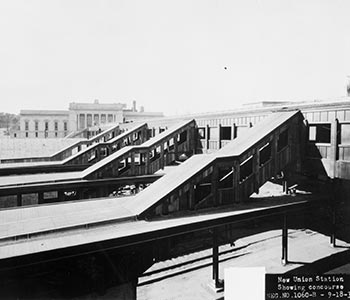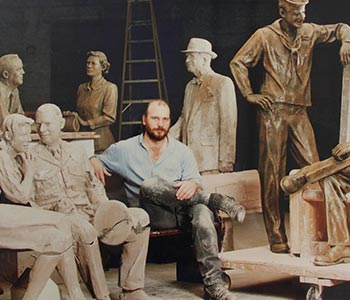1929
-
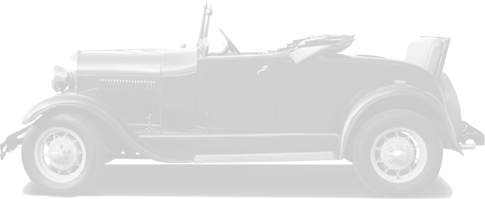
-
 1929
1929In a joint statement on March 31, 1929, both Union Pacific and Burlington officials announced the construction of a new Union Station and a remodeling of the Burlington Depot. The purpose of the collaboration between the two railroads was to provide "...Omaha railroad passengers, terminal facilities equal to those of any city of its size in the country."
-
 1931
1931Union Station was completed and opened as a passenger train station. The dedication ceremony was held on January 15, 1931.
What is a Union Station?
-
 1937
1937The concourse connecting Union Station and the Burlington Depot across the railyard was erected to connect the two buildings.
-
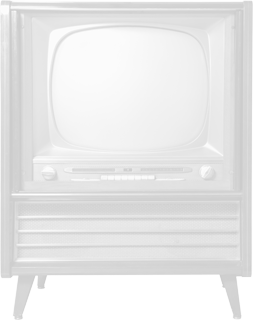
-
 1971
1971Union Station closed after Congress established the National Railroad Passenger Corporation, now Amtrak, to handle all railroad passenger travel. The last train left Union Station at 2:00am May 2, 1971.
-
 1973
1973Union Pacific gifts Union Station to the city of Omaha.
-
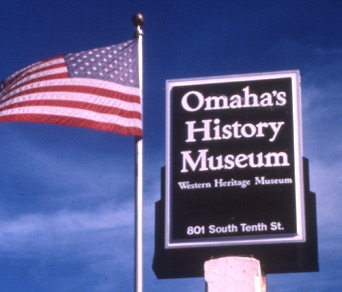 1975
1975Union Station opened as the Western Heritage Museum, displaying small regional history exhibits and private collections.
-
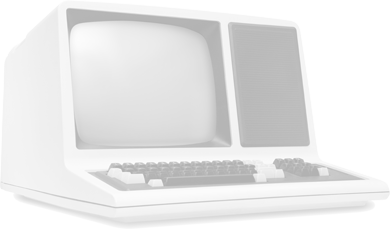
-
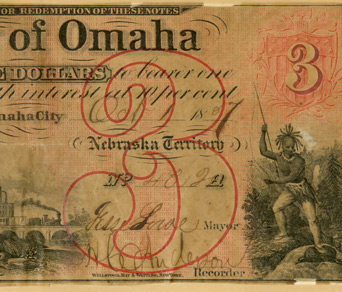 1985
1985The City of Omaha transfers the Byron Reed Collection from the Omaha Public Library to the Western Heritage Museum under the stipulation that it be cared for according to best practices and a portion of it always be available for public viewing.
-
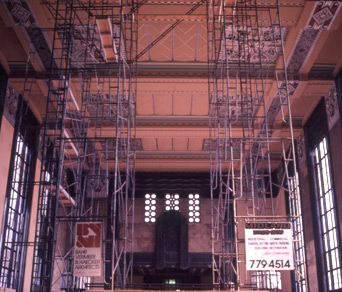 1995
1995Restoration of Union Station closed the museum for six months. The $22 million project included a new parking deck, a new roof, new mechanical and electrical systems, new office spaces, classrooms, gift shop and new permanent exhibits.
-
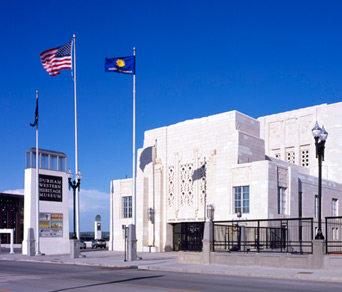 1996
1996The renovation project was completed and the Western Heritage Museum reopened to the public.
-
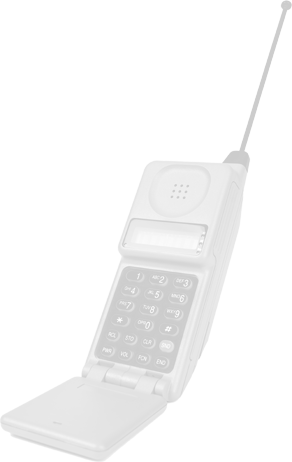
-
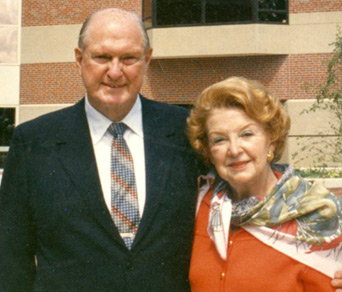 1997
1997The Western Heritage Museum is re-named the Durham Western Heritage museum in honor of Charles and Margre Durham, the driving forces behind its restoration.
-
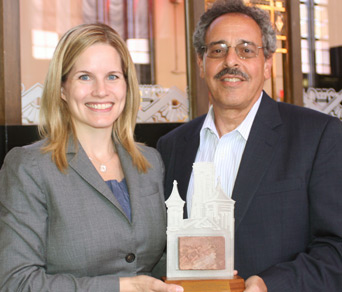 2002
2002During 2002, the museum welcomed its one-millionth visitor. In October, the Durham Western Heritage Museum is named an affiliate of the Smithsonian Institution.
-
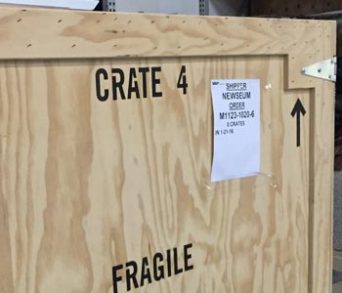 2003
2003Construction began on the Velde Gallery of American History, a 12,500 square foot addition designed to house temporary exhibits.
-
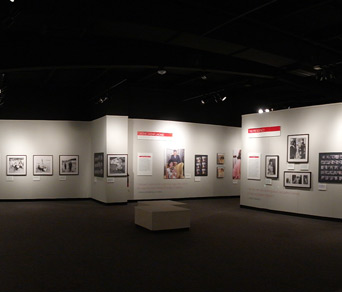 2004
2004Construction of the Velde Gallery was completed. This facility, with its independent environmental system, was designed to respond to requirements associated with temporary exhibits from any national or international lender.
-
 2007
2007Renovation of the 1899 boiler house, a relic of the first Union Station, commenced. The renovated facility houses the 266-seat theatre style Stanley and Dorothy Truhlsen Lecture Hall, an auditorium equipped with state of the art audio and video and digital learning technology.
-
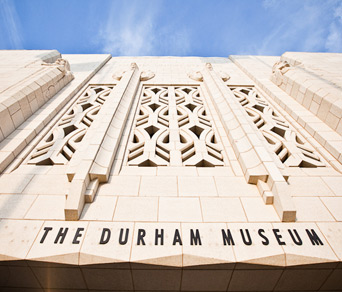 2008
2008The museum is renamed The Durham Museum to better reflect its mission of not only preserving Omaha’s history but also educating the community on subjects related to the region, nation and world.
-

-
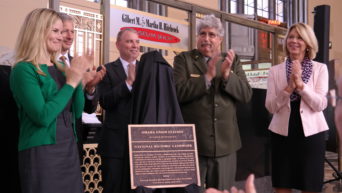 2016
2016On December 23, 2016, Union Station was designated a National Historic Landmark by the National Park Service and U.S. Department of the Interior.
Beautiful architecture blends with memories of a time gone by at The Durham Museum. Making its home in one of Omaha’s most unique treasures, Union Station, The Durham Museum offers a fascinating look at the history of the region and offers a broad-range of traveling exhibits covering subjects ranging from history and culture, to science, industry and more through our affiliation with the Smithsonian Institution and strong ties with the Library of Congress, National Archives and the Field Museum.

